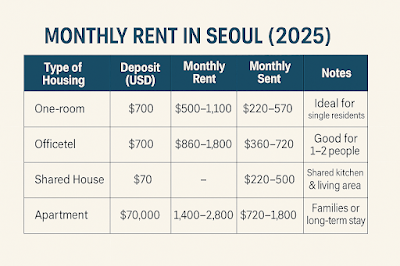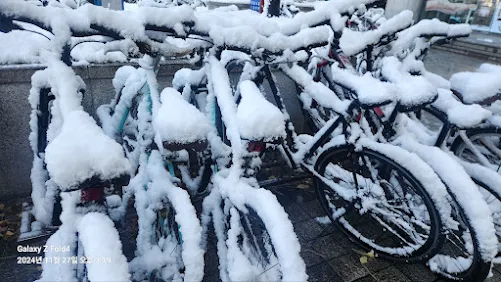The Culture of Street Protests in Korea: A Legacy of Peaceful Democratization
As of March 2025, South Korea is experiencing large-scale protests that have filled the streets of Seoul. With the impeachment of the president at the center of controversy, massive demonstrations continue, yet despite the gatherings of hundreds of thousands, no major violent incidents have occurred. I, too, once participated in protests as a university student, throwing stones and pavement blocks in the fight for democracy. Reflecting on those past experiences, I now examine how Korea’s protest culture has evolved.
Since the 1970s, Korea’s protest culture has played a crucial role in shaping the nation’s democracy. While protests in many countries often escalate into prolonged violence, Korea has successfully overthrown authoritarian regimes through organized, strategic, and largely peaceful demonstrations. Today, Korea’s protests have transformed into festival-like gatherings with music and dance, symbolizing the country’s democratic progress.
1. The Collective Voice of the Korean People
Korean protests are more than just expressions of dissatisfaction; they have been a direct driving force for social change. The transition from military dictatorship to democracy was achieved through large-scale student-led protests and nationwide civic participation. Protest culture in Korea is deeply rooted in the belief that collective action can change history.
2. The Fight for Democracy – University Students Against Military Rule
One of the most striking aspects of Korea’s protest culture is how university students in their early 20s stood up against powerful military regimes. Despite having no political power, weapons, or military strength, they fought with unwavering conviction for democracy. Ultimately, Korea dismantled its military dictatorship and achieved democratization—a rare feat globally.
The April 19 Revolution (1960) – Overthrowing the First Dictatorship
In 1960, university students and civilians took to the streets to protest the fraudulent election of President Syngman Rhee. Known as the April 19 Revolution, this movement led to the resignation of Korea’s first president, marking a historic victory for citizen-driven change.
The May 18 Gwangju Democratic Uprising (1980) – Resistance Against Martial Law
Under the oppressive rule of Chun Doo-hwan’s military regime, the people of Gwangju, led primarily by university students, resisted. In response, the government deployed military forces, resulting in the deaths of hundreds. Despite the brutal crackdown, the Gwangju Uprising became a symbol of resistance and fueled future pro-democracy movements.
The June Democratic Uprising (1987) – Winning Direct Presidential Elections
In 1987, students, workers, and ordinary citizens flooded the streets, demanding direct presidential elections. The government eventually accepted their demands, leading to constitutional reforms and Korea’s first truly democratic presidential election. It is remarkable to note that South Korea’s system of direct presidential elections has existed for just over 40 years, a relatively short period in historical terms.
3. The Changing Nature of Korean Protests
Since my university days, I have observed how Korea’s democracy has taken root and how its protest culture has evolved uniquely compared to other nations.
✔ Mass Civic Participation – People from all walks of life, from students to the elderly, actively participate in demonstrations.
✔ Shifting Protest Methods – In the 1980s, protests were often violent, with demonstrators throwing stones, breaking pavement blocks, and using Molotov cocktails in desperate resistance against military oppression. However, as democracy took hold, Korea’s protest culture underwent a significant transformation. Today, protests often feature music and dance, with peaceful candlelight rallies becoming a dominant form of demonstration, conveying powerful political messages without violence.
✔ Impact on Policy Changes – Korean protests are not just about voicing complaints; they have persistently led to tangible legal and policy reforms.
4. The Future of Korea’s Protest Culture
Korea’s protest culture continues to evolve. The younger generation is increasingly using social media and digital platforms to organize demonstrations, leading to more diverse forms of participation. Meanwhile, older generations are also emerging as a significant force in protest movements, particularly as the baby boomer generation enters retirement and becomes more vocal on social issues.
As South Korea faces new societal challenges, it is hoped that the country’s tradition of peaceful protests will endure.
Summary
South Korea’s democracy was not easily won. It was built on the sacrifices of fearless university students and citizens who stood up against oppression. Korea’s protest culture continues to send a powerful message that collective action can change the world, serving as a global model for peaceful resistance.
What are your thoughts on Korea’s protest culture? Share your opinions in the comments!














.jpg)
















